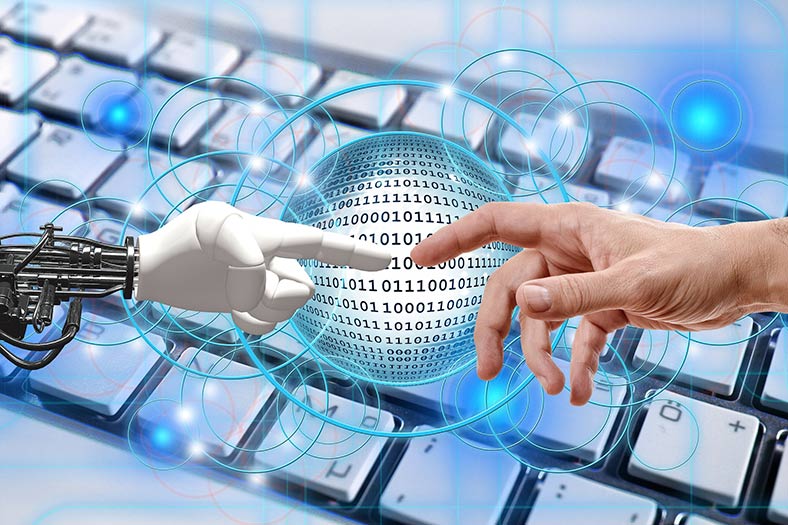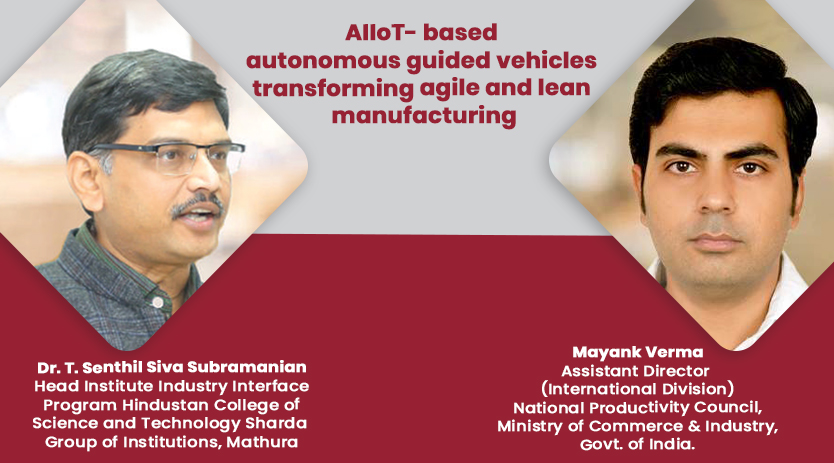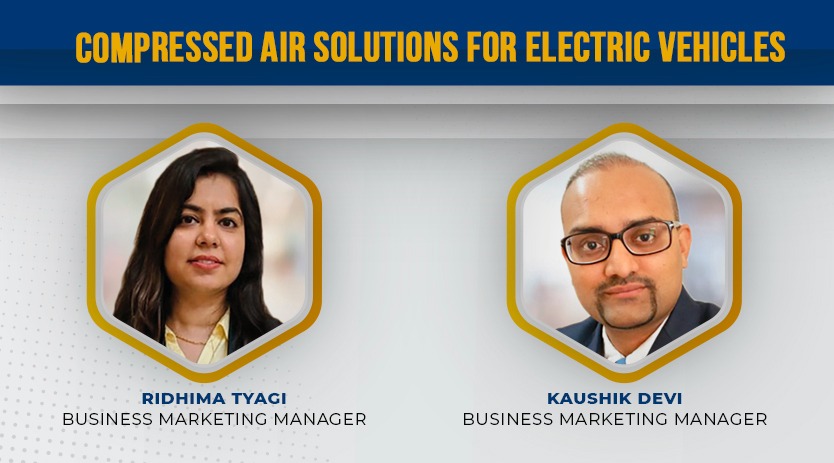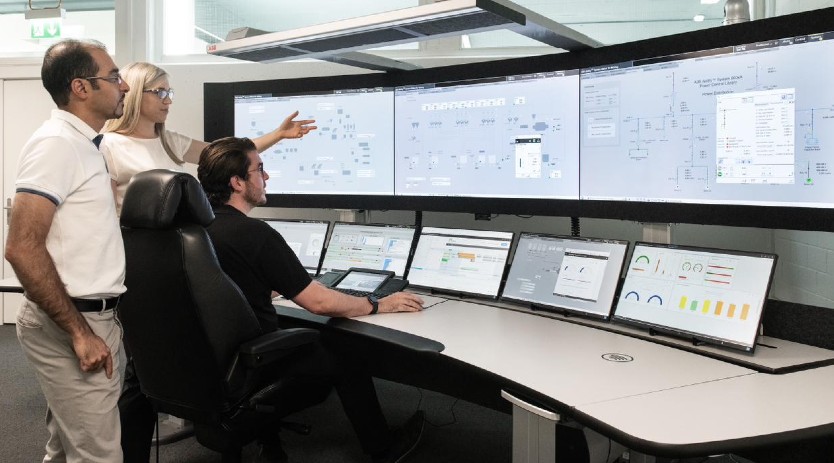Industry 5.0 – a way forward for human – machine interaction
January 12, 2021 5:43 pm
Enabling technologies could bring innovation by merging creative human brains and intelligent systems. 5.0 creates new vectors of association between humans and machines through robots, cobots, IoT and IIoT .
Industry 4.0 in the last few years has taken a leap in Indian manufacturing and machine tools sector. The advent of innovative technologies under the banner of Industry 4.0 has paved ways for numerous companies including the MSMEs and small companies to expand their business prospects and attract investments.
Industry 4.0 is characterized by the level of automation we have achieved at places where machines control their own protocols. IoT, cloud technology and Big data are the additions of 4.0, further being classified as Smart Factories. Today, we have manufacturing systems and machines with digital tracking ability, which can be applicable across varied segments, it also gave us command over resource planning, ROI by revealing efficiencies at every stage of job work. The primary goal of 4.0 is to boost the manufacturing value by enabling autonomous decision-making processes in real-time.
To understand Industry 4.0, we must see the entire value chain including the suppliers and the origin of materials and all other required essential components. These material and components are the contributors of smart manufacturing, digitalized supply chain with automated processes. It essentially focuses heavily on automation, machine learning, real-time monitoring data monitoring. It further refers to technologies like IoT and IIoT, supply chain management, smart manufacturing and digital processes.
Whereas, Industry 5.0 is all about robotics, machine learning, AI and advanced automated industrial processes. With Industry 5.0, the latest generation of machines can inspect goods and survey their quality, durability and reliability. While the ultimate aim of I 4.0 was near automation, I 5.0 emphasises on syncing humans with machines and let them converse with each other for a better analysed performance. 5.0 creates new vectors of association between humans and machines through robots, cobots, IoT and IIoT .
Mass customisation
Industry 4.0 increases flexibility in production processes and fabricate products at customisation that replicates the era of craft manufacturing. Personalized and customised fabrications are something which remained strong even during globalization. This customization has crafted success stories of several companies. This is where the cost-effectiveness comes into the picture. Personalisation has allowed businesses, especially SMEs to grow and compete by adapting a different strategy by focusing on added values.
Talking about industry 5.0 – we live in a world where each and every organisation is striving to embark their strong existence in the industry through indigenous offering for their customers. While the market players are struggling in the competitive market by adapting cutting edge technologies like ML, Deep Learning, AI, AR and VR; and are facing agile issues in manufacturing and marketing the same, the one thing which has allowed them to stay unaffected in the global market is the customer.
Here, Industry 5.0 can be the key in addressing these issues by allowing technology to conducting a mundane, repetitive task to ensure; human can set a creative target to provide an over-sight towards adding creative value. It aims at creating an exceptional communication pattern – a path way between humans and machine / robots / cobots.
Considering the present scenario, industry 5.0 will take us through the new extraordinary collaborative world of robotics and humans through IoT commands and other automotive technologies.
Will it pose a threat to industrial manpower?
Here, Iranna Sidnal, General Manager – Western Region, BLUM Novotest Testing and Measuring Technology feels “this could have been said if it was only automation without human intervention; which was in industry 4.0, as it cuts down the interference of manpower or human commands by completely automating the processes in a manufacturing unit or at plant level. Automated tools are considered to be a replacement of humans in the industrial units and manufacturing facilities. But the 5.0 has uniquely developed an interface where we can talk to machines, transfer commands, get work done with precision and accuracy with minimum wastage and almost zero errors.”
Zero errors, because when machines are designed in a way where one can input a command and in one of the systems and the same instructions are followed by all other connected systems. It can be systems, robots, machines where we need to install the required accurate programming for commencement of command instructions.
Because Industry 5.0 stands on the fundamentals of collaborative efforts being made by humans and machines, then I don’t think it will pose to be a threat to the industrial manpower. This would rather upskill the manpower by redesigning their abilities to rethink, create, ideate and deploy new roles which never existed before. Even small industries, SMEs and MSMEs can enjoy the reaping benefits of these technologies. But, there has to be an initial investment as nothing comes to your door as a complementary brief. Best things are always precious and tenacious and to attain best one has to bear the brunt of additional investments towards achieving their goals.
It is time now for business and industries to consider integrated cognitive tools and sensors to their physical systems by combining capabilities of AI, ML and human intelligence to serve the business purposes. This would further allow the industries to provide high deliverables to its customers through digitalisation and protected solutions across the world.
Engaging with these things and the various other challenges, Industry 5.0 invariably gives you technological aid in overcoming the challenges and entangling humongous opportunities. But, again, this requires planning and preparation commensurate with each manufacturer’s needs and expected outcomes. It’s not a question of whether a manufacturer can benefit from its personnel working alongside robots, but it is about how they can power innovative technologies to drive optimal outcome from human/machine interactions.
Cookie Consent
We use cookies to personalize your experience. By continuing to visit this website you agree to our Terms & Conditions, Privacy Policy and Cookie Policy.

















 English
English Hindi
Hindi